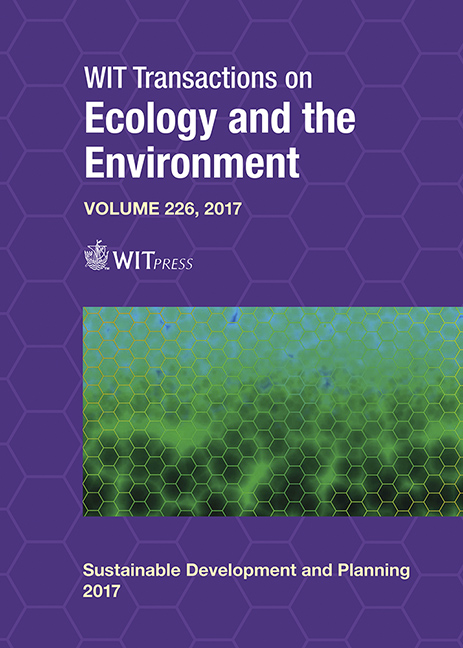NEXT-GENERATION HABITATION TYPOLOGY: LIVE/WORK/FARM
Price
Free (open access)
Transaction
Volume
226
Pages
8
Page Range
219 - 226
Published
2017
Size
405 kb
Paper DOI
10.2495/SDP170191
Copyright
WIT Press
Author(s)
CAMILO CERRO
Abstract
In a world where social, financial and ecological systems seem increasingly tenuous, emerging technologies together with a diverse understanding on what constitutes a family unit are starting to reshape our design approach to residential architecture. The idea of the traditional family has given way to multiple types of social micro-communities that are forcing residential design into a much more adaptable typological complexity. Adding to this, it is estimated that by 2020, 50% of the labor force of the developed world will be self-employed, turning their residences into mini-factories where they will produce, package and sell products with the help of the internet and online marketplaces. In this new economy, the idea of the industrial zone, which is a legacy of the twentieth century, will slowly be taken over by live/work residential design. In a similar way, the next generation habitat will reclaim certain elements of farming and resettle them in the city. Technologies like: mushroom production, hydroponic farming, grey water filtration systems, solar and wind energy, composting, and other passive and active advances, will be embedded in a systemic way in a construction process based on the versatility provided by open plan design. To attain this goal, designers will need to understand the systemic interdependence produced at both the macro (urban) and micro (interior) level, generated by the overlap of three concepts: Intelligent housekeeping, emerging technologies and social innovations, as they apply to the life cycle of the household. The result will be a new typology of live/work/farm habitation, designed to educate the user and better their quality of life while generating a socialization of the neighborhoods and a city that looks at the big picture and the interdependence of its components.
Keywords
third nature, sustainability, residential design, self-sufficiency, systemic interdependence, standard of living, intelligent housekeeping, emerging technologies, social innovation, live/work/farm





